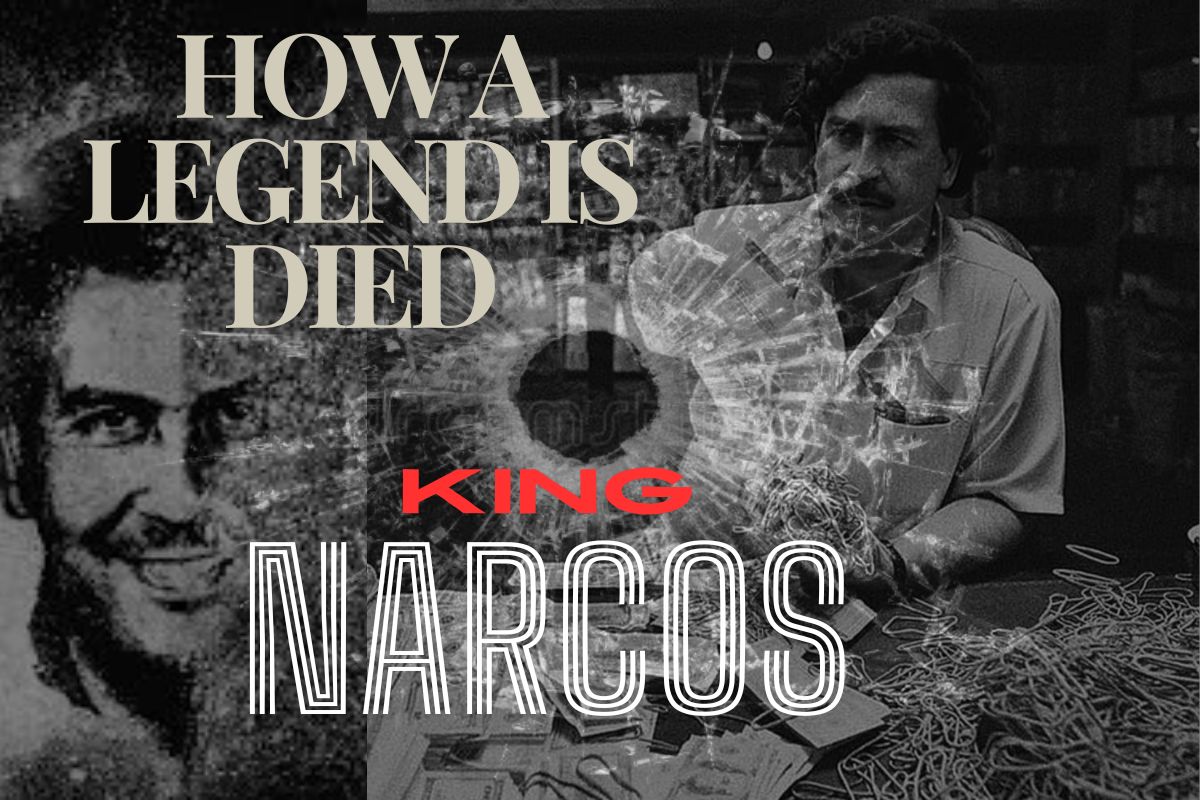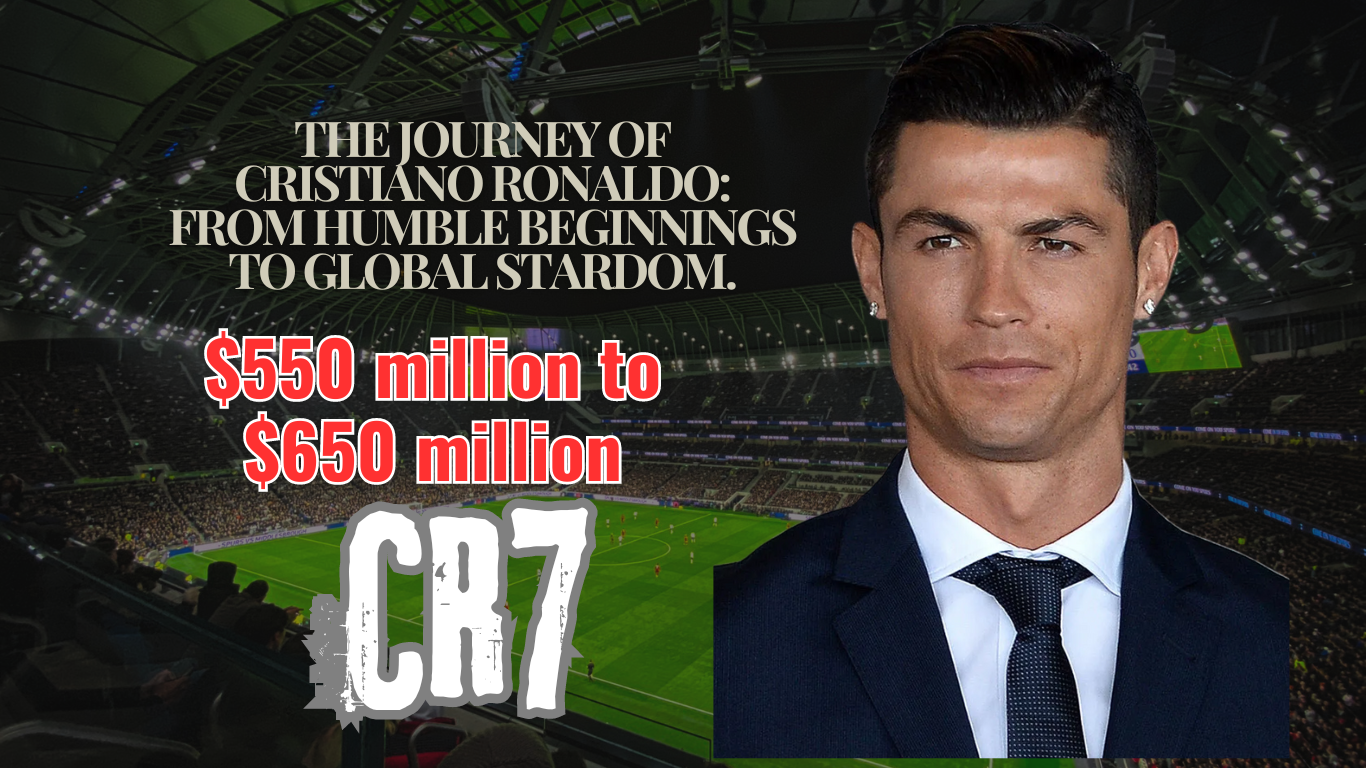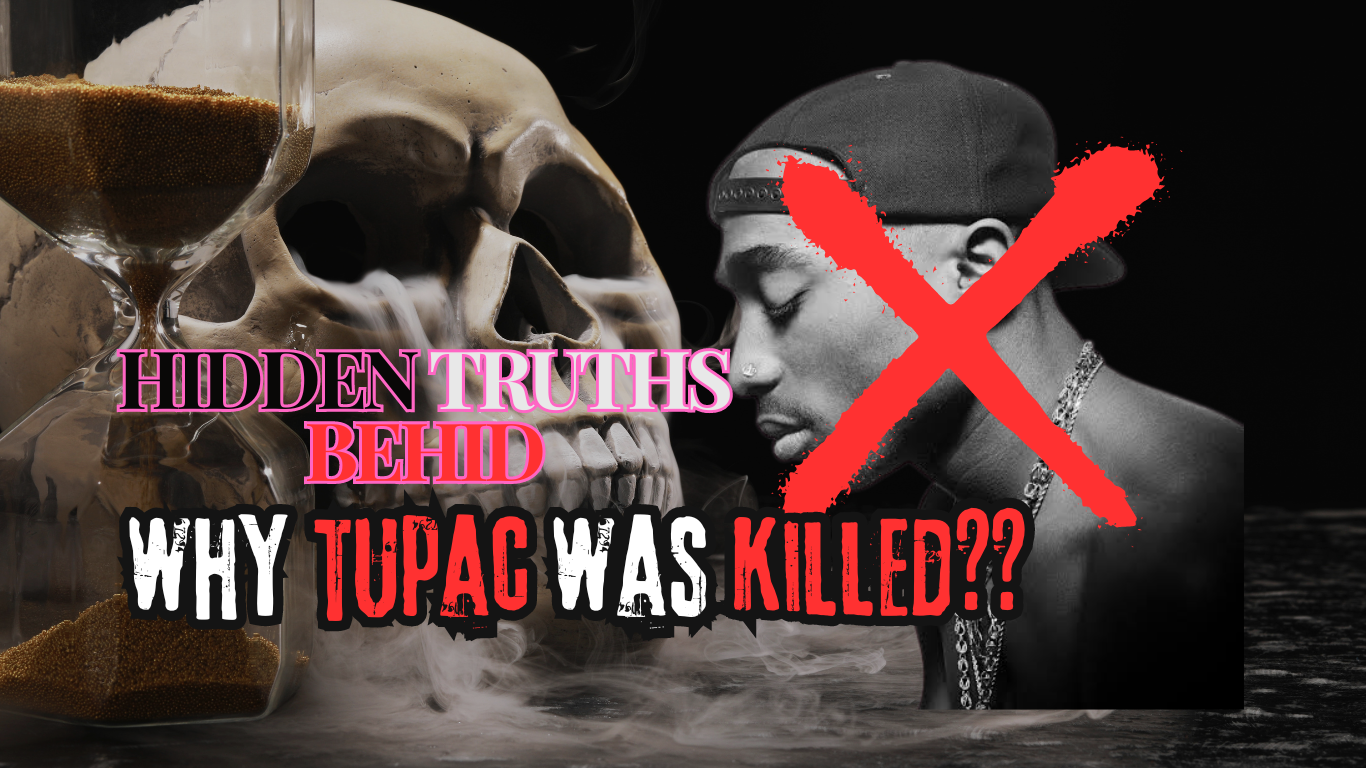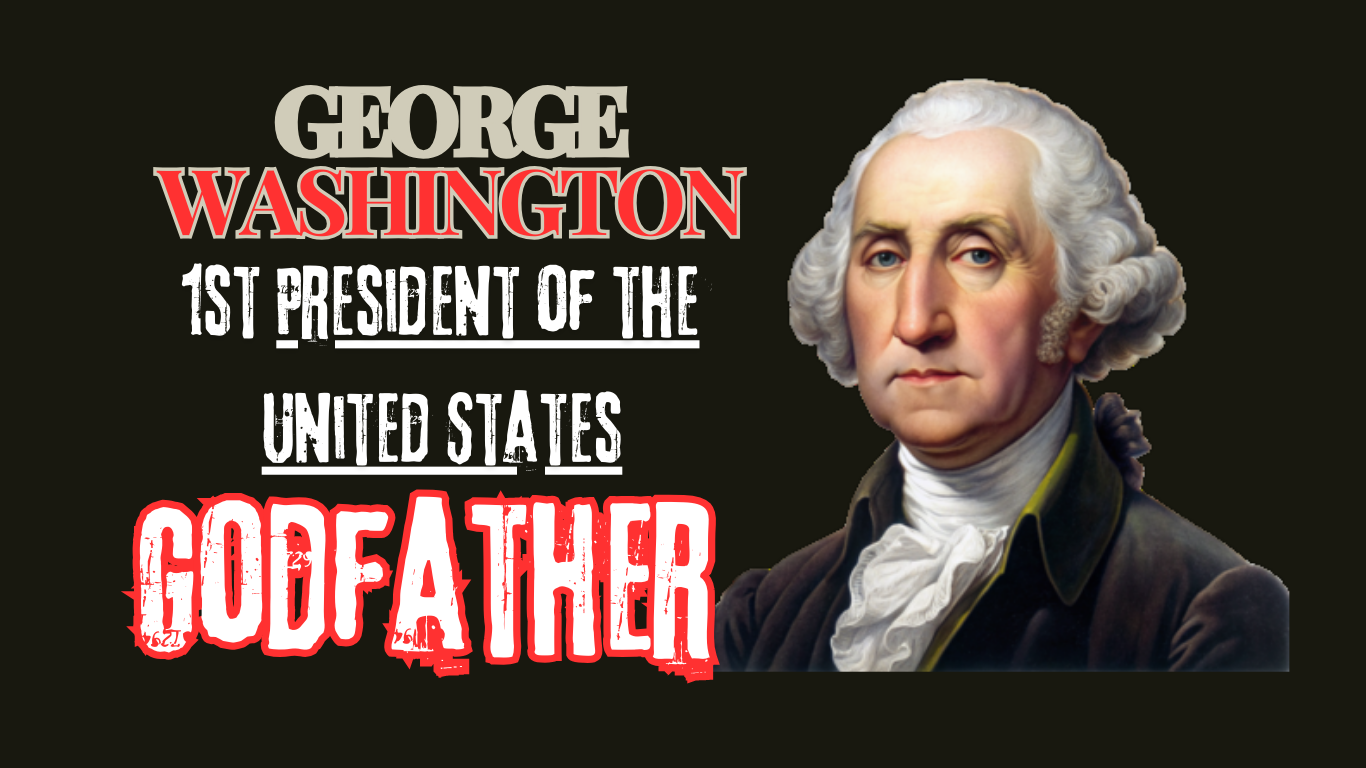Introduction with how powerful was Pablo Escobar?
If you’re captivated by stories of real-life crime lords and daring police operations, then you won’t want to miss this recount of the dramatic manhunt for Pablo Escobar. Learn how the most notorious drug kingpin of all time was eventually brought to justice, marking the end of an era of terror in Colombia. Escobar was not afraid to flaunt his riches. His cartel is estimated to have earned around $420 million in revenue per week during the mid-1980s, and Escobar himself made Forbes’ Billionaires list for seven years straight, between 1987 to 1993.
The Rise of Pablo Escobar.
Pablo Escobar, born on December 1, 1949, rose from humble beginnings to become the head of the Medellín Cartel, a colossal drug empire in Colombia. His operations extended across continents and raked in billions of dollars annually. However, it was not just his wealth that gained him notoriety but also his ruthless methods of maintaining control, including bribery, corruption, and murder.
How many people has Pablo killed?
Escobar’s approach to taking care of issues was “plata o plomo,” signifying “silver” (pay-offs) or “lead” (slugs). While he favored the previous, he had no second thoughts about the last choice, procuring a standing for mercilessness. He supposedly killed approximately 4,000 individuals, including various cops and government authorities.
Robin Hood? Pablo Escobar.
Perhaps hoping to win the support of everyday Colombians, Escobar became known for his philanthropic efforts, which led to the nickname Robin Hood. He built hospitals, stadiums, and housing for the poor. He even sponsored local soccer teams. His popularity with many Colombians was demonstrated when he was elected to an alternate seat in the country’s Congress in 1982. Alas, two years later he was forced to resign after a campaign to expose his criminal activities. The justice minister who led the efforts was assassinated.
Was Pablo Escobar the richest man in the world?
He is logical the most extravagant and best criminal in world history. A few sources say that he was the second most extravagant criminal ever, after Amado Carrillo Fuentes. In 1989, Forbes magazine said that Escobar was the seventh most extravagant man on the planet. The magazine said that he had about US $25 billion.
Intensifying the Manhunt.
By the late 1980s, Escobar’s actions had attracted the ire of not only Colombia but also international law enforcement agencies, particularly the United States. The turning point came with the formation of the Search Bloc (Bloque de Búsqueda), an elite Colombian police task force formed explicitly to locate and apprehend Escobar. Moreover, the U.S. provided both financial and logistical support to intensify the search.
As the manhunt intensified, Escobar went into hiding but continued to orchestrate his empire from the shadows. Secret safe houses, communication through loyal associates, and constant movement made him an elusive target. Still, the Search Bloc was relentless, continually narrowing down the leads.
The Key Breakthrough.
After numerous close encounters and intelligence breakthroughs, the Search Bloc received a critical tip-off in December 1993. Escobar was hiding in a middle-class neighborhood in Medellín. Using advanced surveillance techniques, the task force monitored his phone conversations to pinpoint his exact location.
The Final Confrontation and Who shot Pablo Escobar?
On December 2, 1993, the Search Bloc closed in on Escobar’s hideout. A fierce gunfight ensued as they attempted to capture him. Escobar tried to flee across the rooftops, but his attempts ended when he was finally gunned down. His death marked the successful culmination of one of the most extensive manhunts in history. Who fired the killing shot? Bloque de Búsqueda Assisted by US special forces, US Army intelligence, and members of the CIA and DEA, the Search Bloc pursued Escobar throughout 1992 and 1993. According to official accounts, it was the Search Bloc that ultimately killed Escobar.
The Aftermath.
The death of Pablo Escobar was a significant turning point for Colombia. Although it did not end the drug trade, it signaled the fall of the Medellín Cartel and emboldened efforts to combat drug trafficking more broadly. Colombia has since made strides in overcoming the violence and corruption that plagued the nation during Escobar’s reign.
Conclusion.
The manhunt for Pablo Escobar serves as a gripping tale of determination, resilience, and justice. While the aftermath left many challenges in its wake, the fall of Escobar remains a testament to what concerted efforts and international cooperation can achieve. For those fascinated by criminal histories, the story of Pablo Escobar’s rise and fall is compelling and instructive.
Understanding this significant chapter in the fight against organized crime provides valuable insights into both the complexities and the potential triumphs of law enforcement operations dedicated to bringing notorious criminals to justice.





Leave a Reply